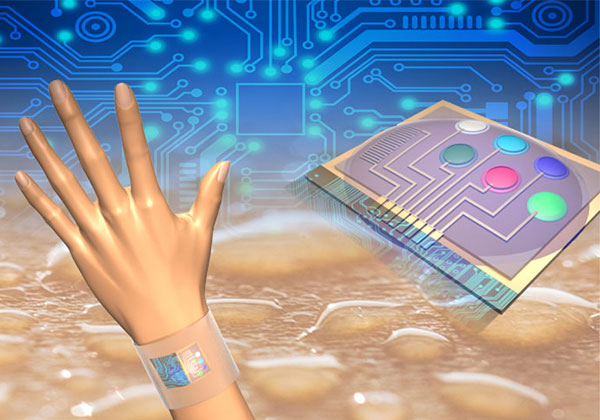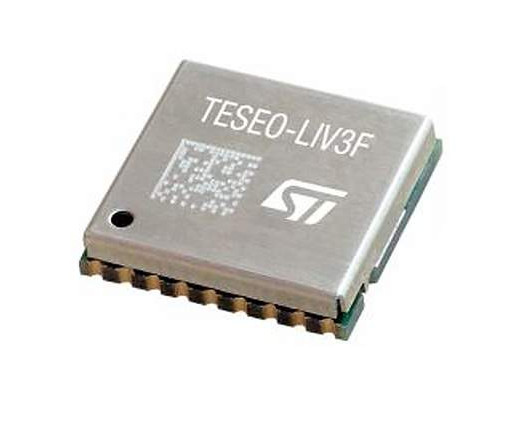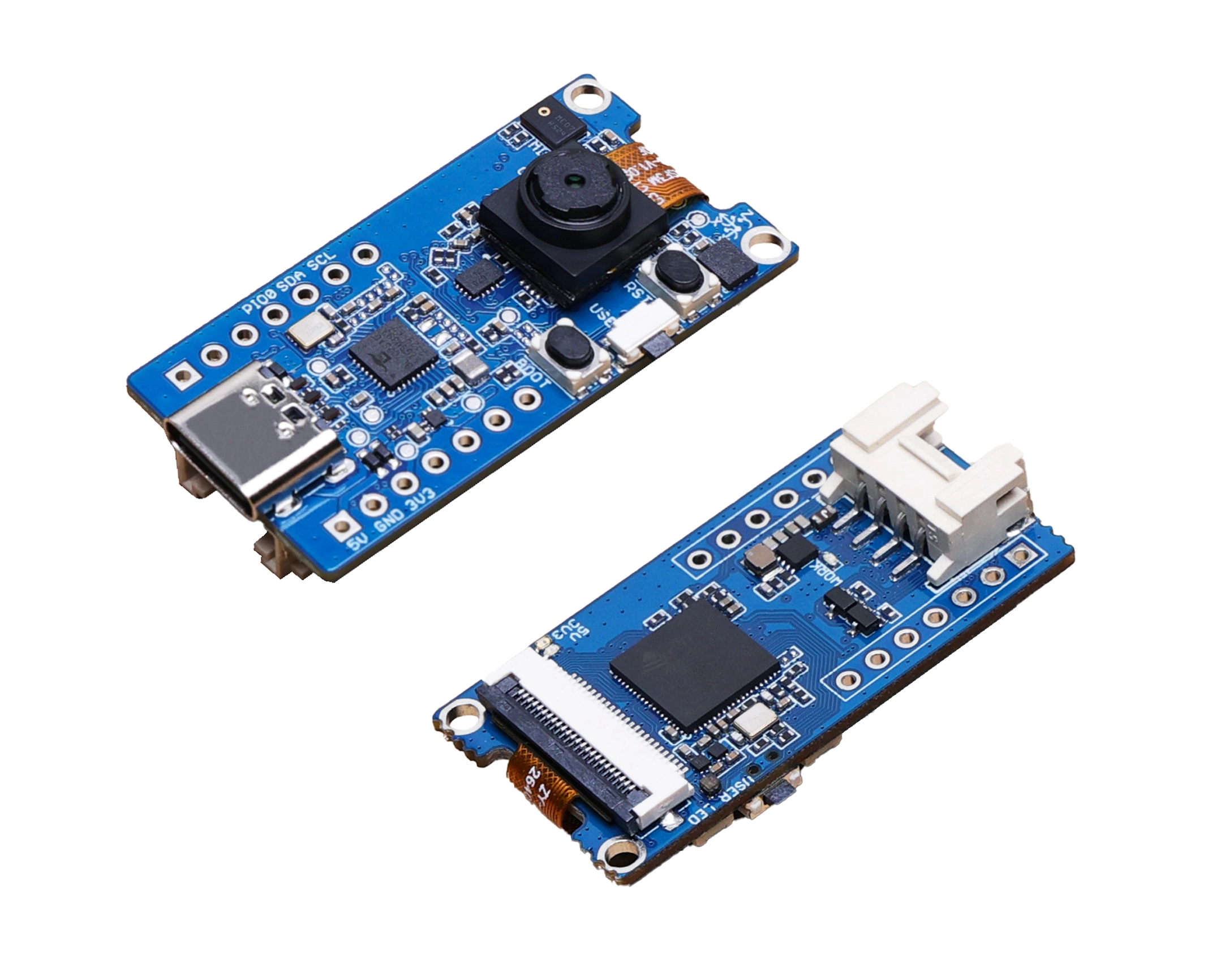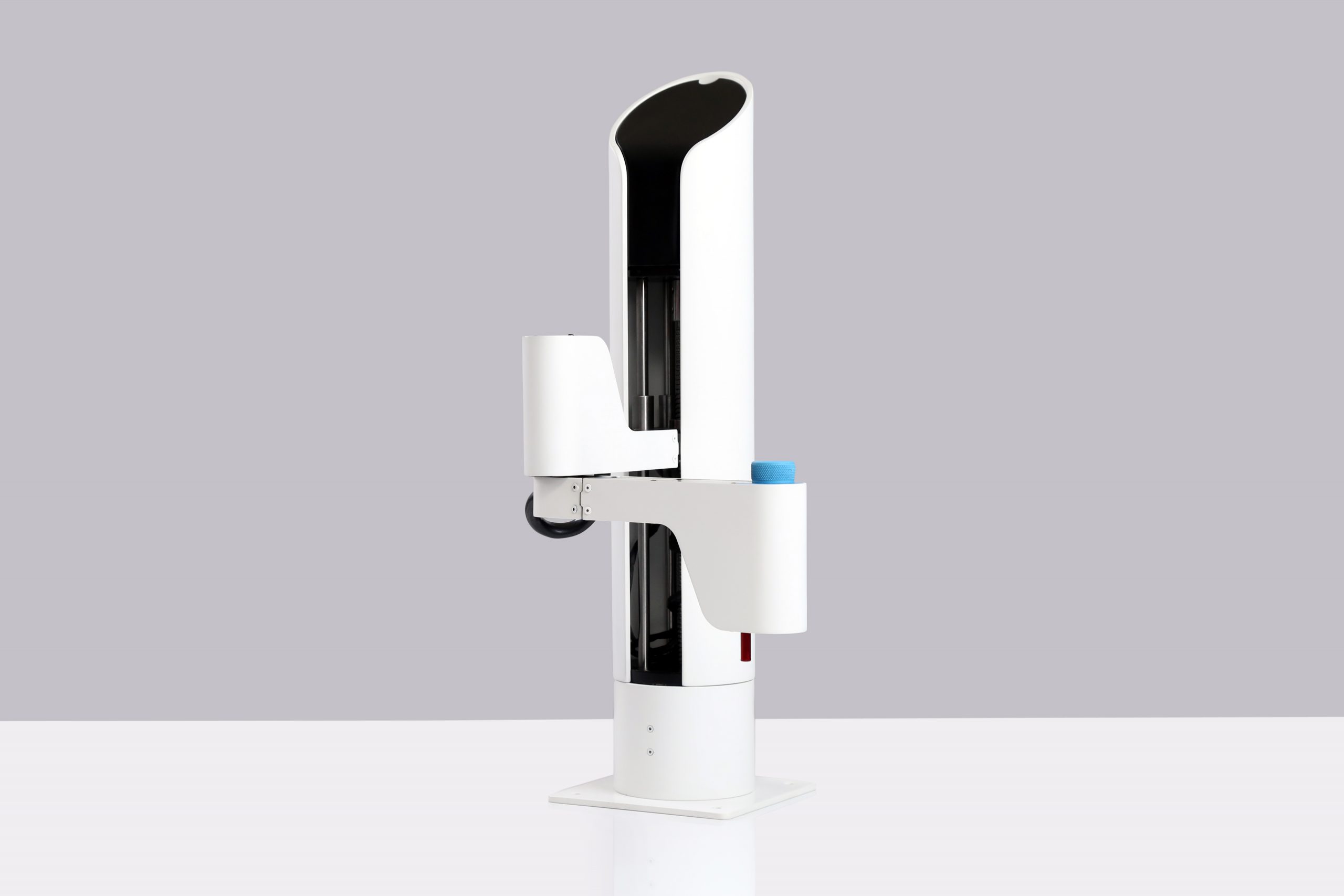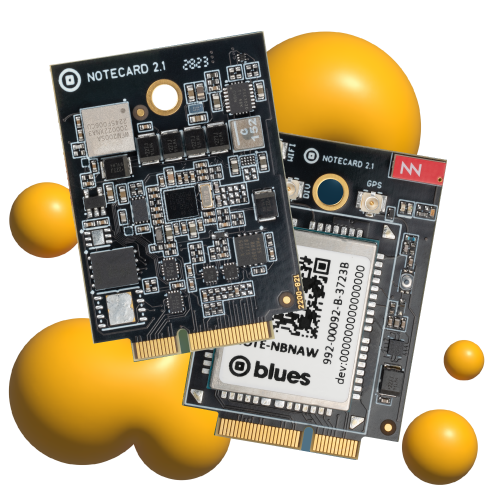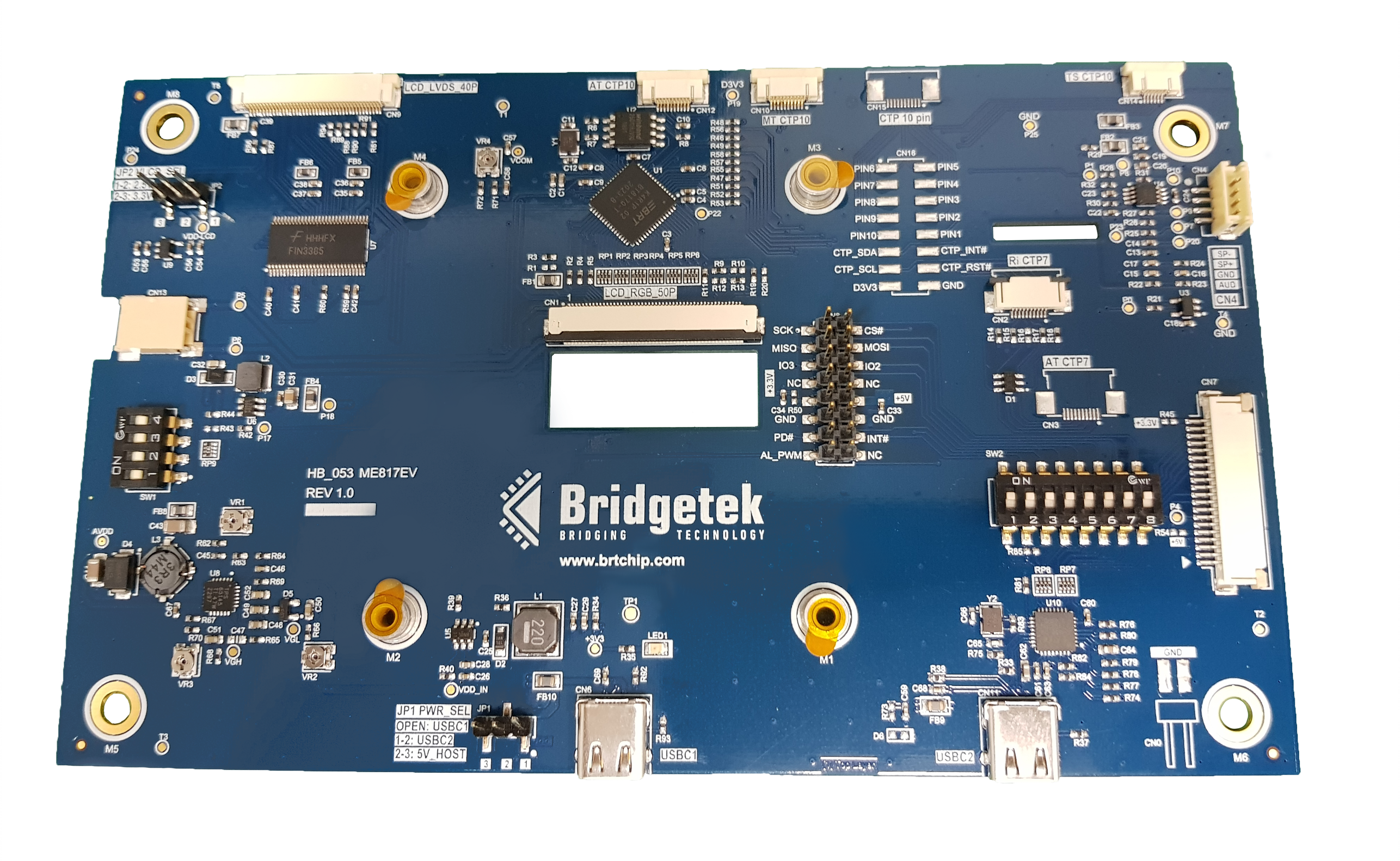
Bridgetek Introduces New Evaluation Hardware for Advanced EVE Graphic Controllers
To assist with the initial development and prototyping of human-machine interfaces (HMIs) based on its object-oriented graphic controller ICs, Bridgetek has announced the availability of the ME817EV evaluation board. Featuring the company’s BT817 embedded video engine (EVE) device, it allows engineers to experiment with the latest generation of EVE technology and get a comprehensive understanding of the breadth of its capabilities. Thanks to the higher resolutions and large format display that the BT817 supports, more compelling and functionality-rich HMIs can be created, with greater visual clarity and enhanced video playback capabilities.
Measuring 165mm x 100mm, the ME817EV unit has all the necessary attributes for undertaking development work relating to the graphics, audio, and touch elements of the HMI. As well as audio amplification and multi-stage audio filtering features, there is an LED driver which can be used to adjust the display backlighting. Also included is a touch controller that supports 5 simultaneous touch points, plus 16Mbytes of on-board flash memory resource for storing Unicode fonts, image libraries, etc.
The ME817EV can interface with large-scale, high-resolution display modules. For 1280×800 pixel displays, it can connect through a 40-pin LVDS interface, while for 1024×600 pixel displays a 50-pin RGB interface can be used. Capacitive touchscreens may be connected using a 10-pin or 6-pin FPC connector. The board can be powered via a 5V supply using the SPI host connector, or via the USB Type-C port.
As Bridgetek founder and CEO Fred Dart explains;
“We have already seen a great deal of commercial traction for our fourth generation EVE chips, across a broad spectrum of industry sectors. It is clear that there is a real need for a more streamlined approach to larger format HMI construction. By providing this evaluation platform, we are making the whole project development process a lot quicker and easier for engineers to complete, with much better end results being derived too.”




